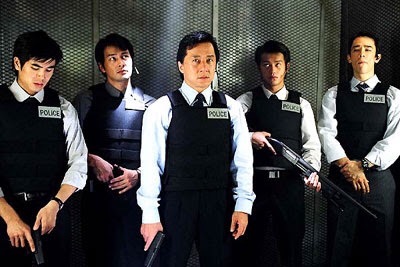“Architecture has always represented the prototype of a work of art the reception of which is consummated by a collectivity in a state of distraction.”
Walter Benjamin, The Work of Art in the Age of its Mechanical Reproduction
This workshop concerns the relationship between cinema and architecture, and is a development of the Filmic Architecture: A House For workshops from 2014-15, 2015-16, and 2016-17 as well as Hard and Disagreeable Labour from 2015-16. We can draw parallels between architecture and many of the key theories of film. More than simply watching a few films and working back with something that resembles the production design, there are fundamental logics and understandings which come from an engagement with underlying theories of film. Montage theory, developed early in cinema’s history, underlines the art’s place in modernism. Eisenstein claims the true creative act to lie in montage, the space between frames: and this bears a relation to one of architecture’s fundamental acts: of threshold.
Similarly, narration and spectatorship can inform our understanding of architecture without resorting to overly scripted spaces; spectatorship theory discusses how we can both suture ourselves into a film, become alienated by it, or have alternative readings for different viewers. How can we manage these competing readings? Genre theory speaks to the commonly understood cues which give us swift access to the intention of a film along with providing a framework for subversion.
The aim is to develop tools to work across disciplines, using diagramming and notation to understand an artwork which is developed for other purposes and by other means. We might as easily work with philosophers, fine artists, musicians or authors.
The assignment involves several stages of translation:
PART 1
Graphic analysis of a director’s style through storyboarding, diagramming and notation.
PART 2
Selection and development of a narrative.
PART 3
Production design / location scouting for a film that might never be made.
PART 4
Production of short film consisting of establishing shots for your world.
A list of directors will be provided for inspiration, but is intended to be wide-ranging. Drawing from film’s rich history as much as contemporary production, your choice here should go beyond those whose work you simply enjoy: but to consider who might challenge you. Directors who represent the machinery of Hollywood are as valid as avant-garde, genre, or art-house directors; and there are possibilities to investigate popular culture, national cinemas, or underground filmmaking.
Your narrative might be a typical genre structure such as a western or film noir thriller; it might be a particular novel, short story, or true story: but something to hang your production design from. It might be that you approach an unusual or unlikely mash-up, or play it straight with an appropriate choice. What film do you wish your chosen director would make?
We will hire a cinema @HOME, Manchester in January 2018 for screening the Establishing Shots films. The workshop will be assessed as a combination of the portfolio of analysis, production design, and the establishing shots (uploaded to Vimeo).


